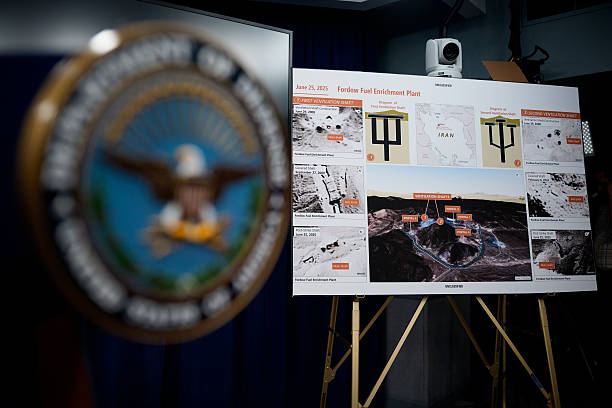(Image Credit: Getty Images)
The recent air strikes by Israel and the United States on nuclear infrastructure in Iran have revived disputes over intelligence on the imminence of a nuclear breakout—that is, how long it would take Iran to build its first nuclear weapon. In March, US Director of National Intelligence Tulsi Gabbard reiterated the longstanding view in the American intelligence community that Iran had not yet decided to weaponize its nuclear capabilities. Israeli intelligence, on the other hand, indicated that Iran was not only accelerating its weaponization program but also planning for how to mate an explosive uranium core to a missile. It seems that President Donald Trump found the Israeli intelligence more convincing and decided that the United States would join in the air campaign started by Israel.
Much of the controversy over how close Iran was to breakout stems from the fact that intelligence reports tend to feed into a narrative justifying, or denying the grounds for, a preventive war on nuclear programs. This much is clear: No matter what the intelligence says about a potential nuclear breakout, the global nonproliferation architecture is harmed by preventive attacks. Rafael Mariano Grossi, the director-general of the International Atomic Energy Agency (IAEA) has stated, as have former directors-general Mohamed ElBaradei and Hans Blix, that nuclear facilities should not be attacked under any circumstances.
With that clarification out of the way, I would like to make two points that impinge directly on the recent attacks on Iran. First, intelligence about nuclear weapons programs carries uncertainty—and, in many cases, has turned out to be wrong. And second, intelligence about the imminence of a nuclear breakout almost always has a political component. It is often the case that motivated actors use this type of intelligence to justify their policy preferences. The intelligence that ultimately reaches the general public, mostly via news stories, has already been shaped by political actors who are involved in each step from data collection to interpretation and analysis.
Read HERE the full article by The Bulletin of The Atomic Scientists




